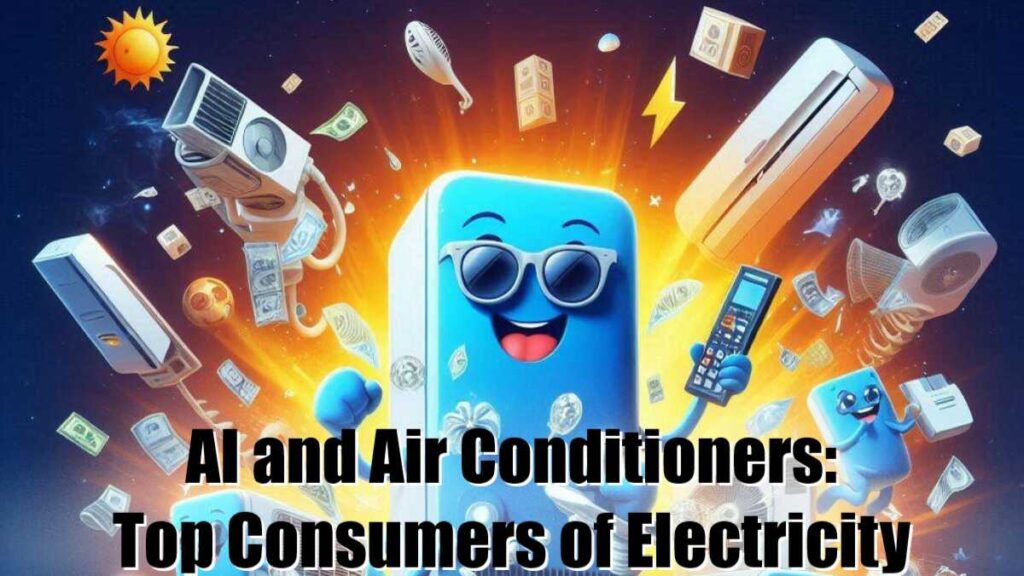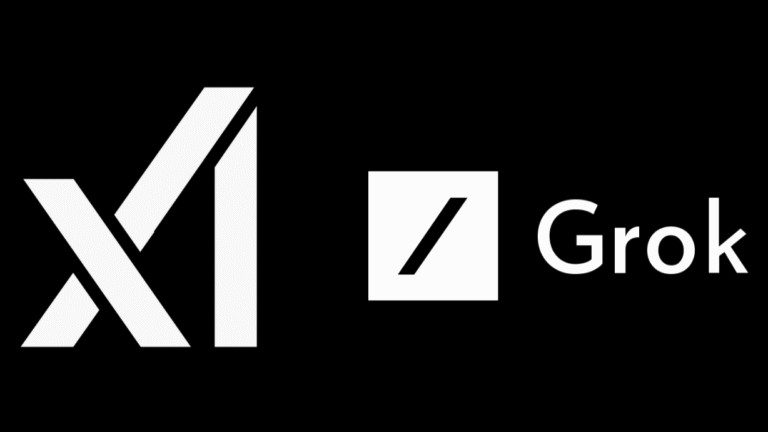AI and Air Conditioners are Top Consumers of Electricity, says IEA Report
AI technologies and air conditioners are now the biggest users of electricity, reveals a recent IEA report, showing how modern advancements are increasing energy demands.

Climate change and technological advancements; these are two of the biggest problems the world faces today. Along these lines, recently, the International Energy Agency (IEA) sounded an alarm: global electricity demand is set to skyrocket. Two culprits stand out. Technological advancements use huge amounts of resources and climate change adds to the rising temperatures.
The IEA’s Electricity Mid-Year Update report paints a picture of a world where power consumption has been accelerating at an unseen pace since 2007. It is obvious that such unchecked growth will not reap amenable fruits.
According to the IEA, global electricity demand will grow by around 4% in 2024. This is a significant increase from the 2.5% growth observed in 2023. This surge, if realized, would mark the highest annual growth rate in nearly two decades, excluding exceptional years following the global financial crisis and the COVID-19 pandemic. The upward trajectory is expected to continue, with a further 4% increase anticipated in 2025.
Drivers of the Electricity Surge in 2024: AI and Air Conditioners
The escalating demand for electricity is being driven by several factors. Many of these work in tandem. For example, global temperatures have been rising due to climate change. As a direct consequence, the use of air conditioners becomes more frequent. In turn, this raises electricity demand as well as GHG emissions.
Furthermore, the IEA report points to the numerous intense heat waves that occurred in the first half of 2024. Due to these, electricity demands and the systems in place to meet them have become strained to the last straw.
Simultaneously, the rapid deployment and expanding uses of AI are expected to push electricity demand up for years to come. Of course, the precise amount of electricity consumed by data centers is shrouded with uncertainties. And IEA is the first to acknowledge this. However, the trend seems to be clear. AI technologies are huge consumers. They require enormous computational powers and end up adding substantial pressure on the grid.
The demand surge is not uniform across the globe. Statistically, India will see an 8% increase in electricity demand this year. China, on the other hand, will see a growth of more than 6%. In the U.S., demand is set to rebound by 3%, driven by steady economic growth, an expanding data center sector, and rising demand for cooling.

In the face of soaring electricity demand, renewable energy sources are expanding sharply. According to IEA, renewables will account for 35% of global electricity by 2025. This is a five percentage point increase from last year. And that is bad news.
Fortunately, there is some good news as well. The amount of electricity generated from renewables globally should surpass that generated from coal for the first time in 2025. In particular, solar power should meet roughly half of the global growth in electricity demand over the next two years. Solar and wind combined should account for as much as 75% of this growth.
The AI Dilemma: Power Hog or Climate Savior?
While the IEA report was full of important questions, there was one that revolved around the topic of this article. What is the role of AI in future electricity demand? And what about its broader climate implications?
It is well known that AI technologies consume vast amounts of power, but the precise figures remain elusive. Major AI players like Microsoft, Meta, Google, and OpenAI have not been entirely transparent about the energy and climate impacts of their AI research and products. However, these technologies are not entirely free of guilt. Slowly, they are becoming significant carbon emitters.
Yet, there is a counter-narrative. The co-founder of Microsoft and billionaire philanthropist Bill Gates contends that artificial intelligence (AI) has the ability to lower global emissions. Electricity grids, and the adjacent technologies, can be optimized by artificial intelligence for more efficient use. Gates claims that by increasing efficiency, AI will allow nations to use less energy. In the end, even with the additional electricity required to run more data centers, this would expedite the reduction of emissions.
Keisuke Sadamori is the IEA’s Director of Energy Markets and Security and he says that actions need on an urgent basis. “It’s encouraging to see clean energy’s share of the electricity mix continuing to rise, but this needs to happen at a much faster rate to meet international energy and climate goals.” Along with this, expanding and reinforcing electricity grids for a secure and reliable power supply is equally important. Implementing higher energy efficiency standards to mitigate the impacts of increased cooling demand is also advisable.
The world is changing fast and in many matters, for the worse. Urgent action on a global scale is inevitable. Policymakers and industry leaders have to come together. Technological advancement and climate mitigation have to be balanced. Practical solutions, like smart grids and energy storage solutions, have to be implemented.

Furthermore, standardized energy efficiency measures have to come about on an international scale. The benefits of AI and renewable energy should be maximized and their environmental footprints should be minimized. Also, behavioral changes among the public are of paramount importance. In this regard, public awareness and education campaigns can help. A culture of energy conservation and sustainability is absolutely necessary if we intend to stick to the measures we are implementing.
Environmentally speaking, the world is at a crucial crossroads today. The interplay of AI and climate change has both positive and negative sides. And the deciding factor is the path we choose. Because our choices will not only determine the future of our energy systems but also the health of our planet.






